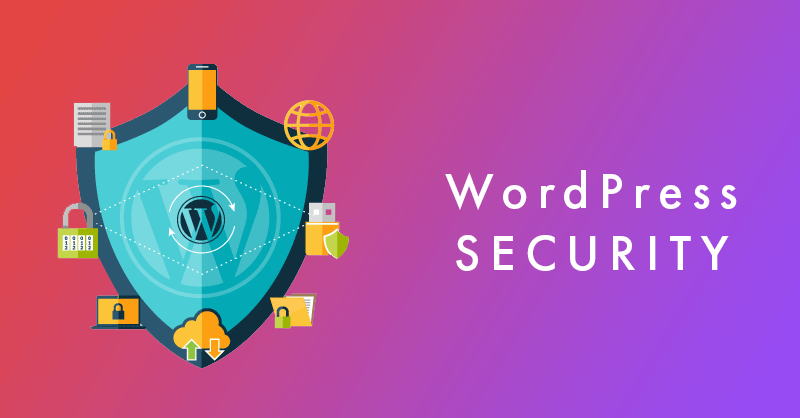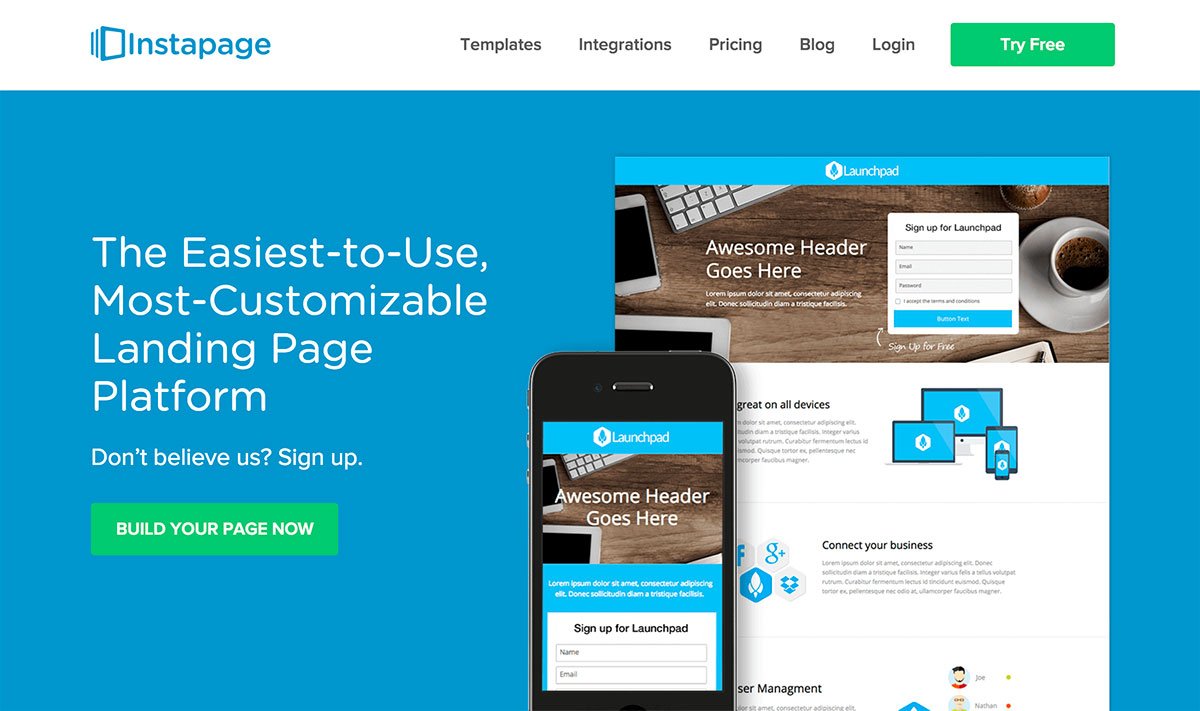Tips for WordPress Security
Last yr and a half taught us that WordPress security ought not to be taken gently by any method. Between 15% and 20% of the arena’s high visitor sites are powered via WordPress. The truth that it is an Open Source platform, and everybody has access to its Source Code makes it a tempting prey for hackers. Most attacks are coming from Russia, Germany, Poland, and India consisting of, however no longer limited to:
- SQL Injections
- Clickjacking
- Cloaking
- Blackhole Exploit Kit attacks
- Password and Login break efforts
The truth is, if a capable master of the script goals your website online, there is virtually no manner to prevent an intrusion. You’re about to read below a few precautionary movements you can take to speedy minimize the chance to a suitable level. If your WordPress site is properly protected, a hacker might select every other, easier victim.

Starting with the extra obvious ones:
1. Forget about using “admin” as your username.
Many of the attacks target the default WordPress username with brute force, password cracking robots. The first step is to trade your “admin” or “administrator” username from the WordPress Administration Panel.
- Go to MySQL device (PHPMyAdmin)
- Find your database
- Go to wp_users and browse for “admin.
- Under the user_login column, alternate it to something else.
- This certainly leads to the subsequent
2. Choose a robust password
Choose a password that consists of multiple tops and lowercase letters, as well as symbols inclusive of “!@#$%^&*()” Go to Users->Your Profile and change it through the “New password” discipline at the lowest. This will make it manner tougher to crack it down. Make positive you do the identical to your FTP Cpanel website hosting account password and not use the same one you utilized in WordPress.
3. Frequently backup your database
You heard this one earlier than. Do ordinary backups, or you may ultimately regret it. You might also lose all of your paintings if being hacked. Also, remember to back up each time you are making changes. You can do that via the usage of a plugin or manually.
4. Always Update your WordPress
There is virtually no cause to stay on the older variations while there’s a new one available. WordPress updates include worm fixes, vulnerability fixes, and cowl security flaws located by the considerable WordPress community. The same is going for updating themes. It is easy and green. Actually, it’s miles the exceptional and simplest manner to prevent your web page from malicious activities, which are maximum in all likelihood a result of a compromised and no longer completely up to date software, site, exploitable Hypertext Preprocessor scripts, etc. All the vintage variations of your applications may be taken into consideration as capability protection holes. They can virtually be used by the attacker, who is (most of the time) an automated spider.
5. Protect your WP-CONFIG.PHP record.
Move your wp-config.Personal home page report one listing up from the WordPress root. WordPress will search for it there if it can’t be found in the root directory. Also, no person else could examine the record except they have got SSH or FTP to get right of entry to your server.
There are some crucial plugins you should recollect putting in:
6. Login LockDown
This could be a very beneficial plugin, defensive you towards brute-pressure password-crack assaults. It keeps the song of the IP copes with every failed login strive. You can configure the plugin to disable login tries for more than a few IP addresses when a certain variety of failed attempts is reached.
7. Secure WordPress
Secure WordPress is an easy to put in complete plugin taking care of several things, which include:
- Hides your WP model.
- Removes errors information on the login web page.
- Removes center replace, plugin update, and subject matter replace facts for non-admins.
- Blocks query potentially dangerous in your WordPress website.
- Adds a virtual index—hypertext Preprocessor plugin directory.
- Many others…
8. Bullet Proof WordPress Security
Crash-resistant, comprehensive plugin, masking many factors of an attack – XSS, RFI, CRLF, CSRF, Base64, Code Injection, and SQL Injection hacking attempts. According to the authentic description – “The BulletProof Security WordPress Security plugin is designed to be a fast, simple and one-click safety plugin to add. Htaccess internet site protection safety for your WordPress internet site.” This pretty plenty sums it. A should have!
9. Exploit Scanner
Exploit Scanner goes through the files for your internet site database, remark and submit tables looking for something suspicious. It additionally notifies you of unusual plugin names. It does now not take away whatever; it, in reality, warns you of capability threats.
10. WordPress Firewall
This is any other need-to-have protection plugin.
– Investigates WordPress internet requests to try to block apparent assaults.
– Black and whitelists pathological-looking phrases based totally on which field they seem within, in a page
request. (unknown/numeric parameters vs. Regarded post bodies, remark bodies, and many others.). Implementing all the above will, in all likelihood, take less than an hour to finish, whilst making your WordPress website a whole lot greater proof against intrusions. Over 1 million WordPress websites were cracked final year, especially because of without difficulty preventable safety gaps. Have yourself prepared, and you are possible to be at the security aspect.





